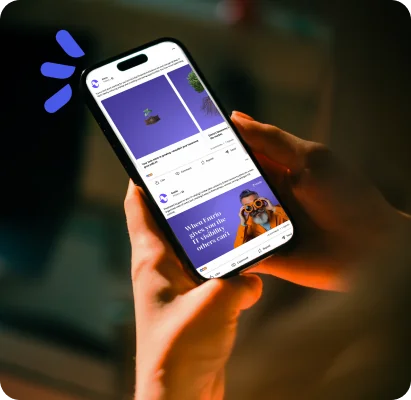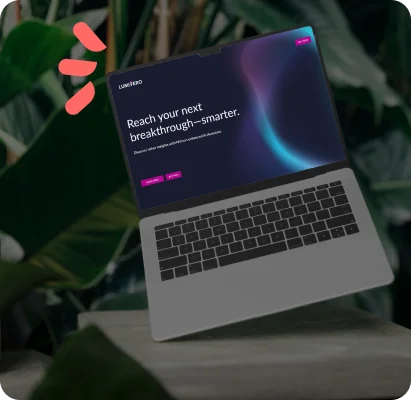A full marketing team? In this economy?
Don’t hire (and juggle) an entire team when you can partner with Accelity. We’re your strategists, creatives, project managers and technology experts—ready to hit the ground running and power your marketing from day one.
Meet your marketing team












